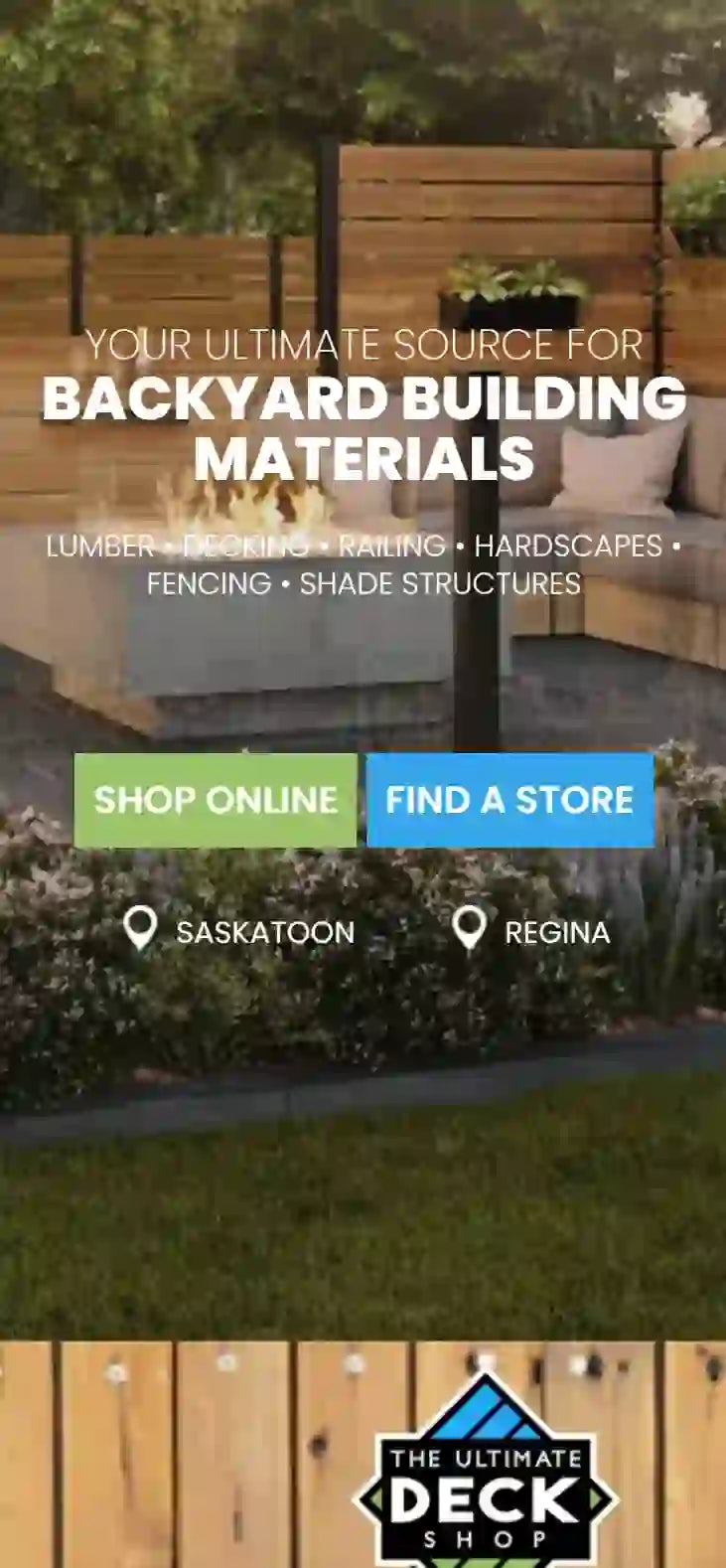10 Common Myths About the Decking Industry
Table of Contents:
- Introduction
- Myth 1: All Composite Decking is the Same
- Myth 2: Pressure Treated Wood is Harmful
- Myth 3: Composite Decking is Completely Immune to Damage
- Myth 4: DIY Deck Installation is Simple
- Myth 5: Decks Only Add Aesthetic Value to Homes
- Myth 6: All Decking Materials are Environmentally Unfriendly
- Myth 7: Cheaper Materials Mean Lower Quality
- Myth 8: Decks Don't Add Resale Value
- Myth 9: Decking is Always Hot and Slippery
- Myth 10: Composite Decking Fades and Stains Easily
- Conclusion
Introduction
Today, we're debunking common myths in the decking industry. From composite decking misconceptions to the real impact of decks on home value, we've got you covered. Let's dive in!
Would you rather listen than read?
We recorded an episode of The Ultimate Deck Podcast about this same topic!
Myth 1: All Composite Decking is the Same
Reality: Composite decking varies greatly in composition and quality. While all composites are a blend of wood fibers and plastics, the proportions, type of plastic (PVC vs. HDPE), and manufacturing processes can differ. Some are capped for extra durability, others have unique color and texture variations. Each brand and type offers distinct aesthetic and performance characteristics.
Myth 2: Pressure Treated Wood is Harmful
Reality: Contemporary pressure-treated wood is much safer than older versions. The harmful arsenic treatments are a thing of the past, replaced by safer alternatives like copper-based preservatives. These newer treatments make the wood less susceptible to insects and rot while being safer for people and pets.
Myth 3: Composite Decking is Completely Immune to Damage
Reality: Composite decking is highly durable and resistant to many common decking problems like rot, insects, and warping. However, it's not impervious to all damage. Heavy furniture, sharp objects, and intense impact can cause scratches or dents. The good news is, with basic care and maintenance, composite decks can last for decades.
Myth 4: DIY Deck Installation is Simple
Reality: DIY deck installation can be a rewarding project but requires more than basic skills. Understanding structural integrity, local building codes, and proper material handling is crucial. A poorly built deck can be unsafe. It’s often worth consulting with or hiring professionals for complex designs or if you're not confident in your carpentry skills.
Myth 5: Decks Only Add Aesthetic Value to Homes
Reality: While a beautiful deck certainly enhances a home's aesthetic appeal, its value goes beyond looks. Decks expand living space, provide an area for relaxation and entertainment, and can even reduce yard maintenance. When thoughtfully designed, a deck can complement your home's style and serve as an outdoor sanctuary.
Myth 6: All Decking Materials are Environmentally Unfriendly
Reality: It's a misconception that all decking materials harm the environment. Many composite decks use recycled plastics and wood fibers, reducing waste. Sustainable practices in wood harvesting also contribute to eco-friendly decking options. Researching and choosing companies committed to environmental responsibility can make a significant difference.
Myth 7: Cheaper Materials Mean Lower Quality
Reality: While price can be an indicator of quality, it's not an absolute rule in decking materials. Some affordable composite or wood options offer great value and durability. It’s important to look at the overall features, warranty, and lifespan of the material rather than just the price tag.
Myth 8: Decks Don't Add Resale Value
Reality: A well-built and maintained deck can significantly increase a home's resale value. It’s seen as an attractive feature to potential buyers, offering additional functional outdoor space. The extent of value addition varies based on the deck’s quality, design, and the housing market.
Myth 9: Decking is Always Hot and Slippery
Reality: Decking material and color can influence its temperature and slip-resistance. Lighter-colored decks generally absorb less heat, while textured surfaces can provide better grip. Some composites are specifically designed to be less slippery and cooler underfoot.
Myth 10: Composite Decking Fades and Stains Easily
Reality: Early generations of composite decking were prone to fading and staining. However, modern composites are much more resilient, with many brands offering fade and stain-resistant products. Regular cleaning and minimal maintenance can keep these decks looking new for years.
Conclusion
Understanding the truth behind these myths can help you make informed decisions about your decking project. If you're planning your next deck, remember to explore our extensive decking options on Tuds.ca!












